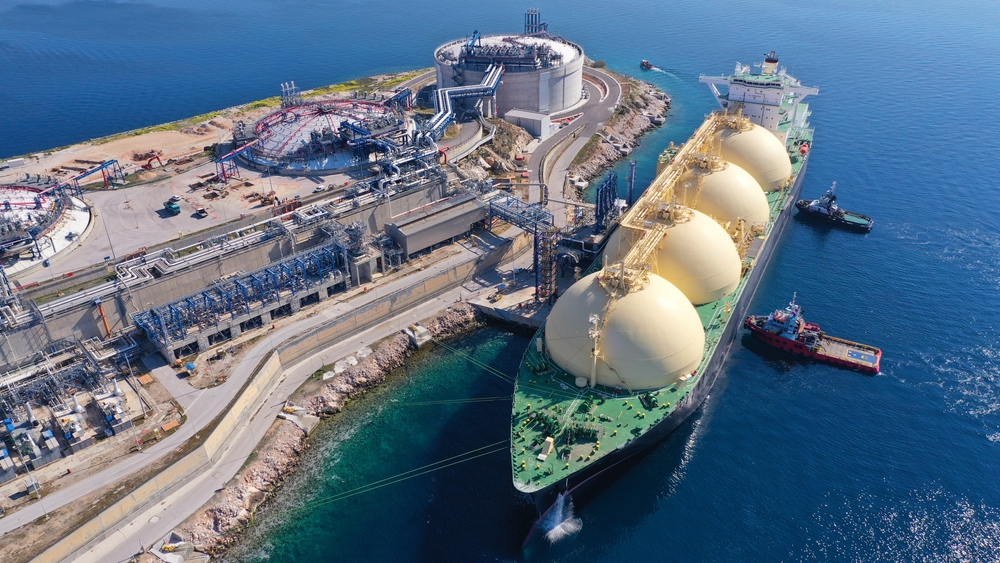Chris Bowen, the Energy and Climate Change minister, announced a plan to address looming supply issues for east coast homes and businesses by securing commitment from two big gas exporters (APLNG and Senex) to divert 300 petajoules of gas into the east coast domestic market by 2023. This amount is equivalent to about half of the annual East Coast domestic market demand or two years’ worth of industrial usage.
However, this new deal is already under threat from the Greens, who plan to challenge the government’s industry code of conduct in parliament. Should the coalition support the Greens’ motion, the deal could fall through, increasing the risk of gas supply shortages in the future.
The deal gives exemptions to APLNG and Senex from the $12/GJ price cap under the code of conduct. Chris Bowen stated that “This supply is critical for households, industry and gas power generation as the Bass Strait fields deplete”.
The gas price cap was introduced by the government last year, which triggered a freeze in new supply investments. After negotiations, the government revised the code of conduct, allowing exemptions for gas developers who committed to selling into the domestic market. Bowen has criticised the Greens for potentially disrupting the deal, highlighting the critical role gas will play in the energy transition and for grid reliability.
In related news, Australia’s annual climate change statement projects emissions to be 42% below 2005 levels by 2030, slightly below Labor’s election commitment of 43%.
Additionally, Chris Bowen has declined to specify the potential financial impact on taxpayers from the newly expanded Capacity Investment Scheme. The scheme involves the Australian government underwriting 32GW of new power generation through two auctions per year.
While industry experts anticipate this could cost billions annually, Bowen stated, “It is quite standard budget treatment to say we will not indicate our pricing expectations as we’re about to enter an auction”. He assured that the government’s strategy aims to maximise taxpayer benefits and maintain competitive bidding.
The scheme does not intend to “subsidising negative pricing”. Instead, it requires project proponents to state their minimum required profit and a maximum price point for sharing profits with the government. The government will retain control over bid acceptance and the total amount of gigawatts allocated.
